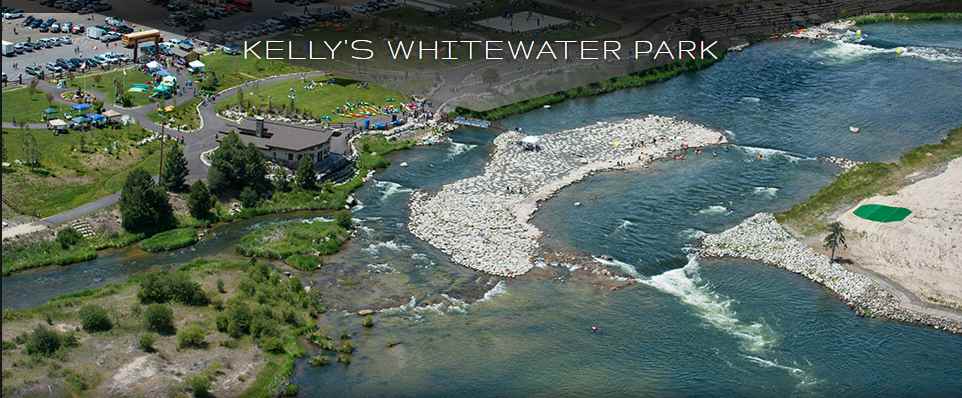
Madeleine first floated the idea of a family trip to see the total solar eclipse about a year ago. My reaction was colored by the grievous disappointments I have endured in the past when trying to observe celestial events. The most calamitous such event was my solo trip to catch Halley's comet in 1986. I was living in DC at the time so I drove up to Skyline Drive the evening before and hiked partly up Hawksbill Mountain, which is one of the highest spots in the park. I found a decent place to pitch my tent not far from the trail. I looked at the moon through my binoculars - it was so clear that I imagined I could see every nose hair of the man on the moon. It was cold as hell, being February, and I set an alarm for 5 a.m. and climbed into my sleeping bag. When the alarm went off, I jumped up and stuck my head out of the tent. There was nothing. I switched on my flashlight and there was still nothing. Everywhere I looked was a dense mist (or fog, or cloud). It seemed possible that the very top of the mountain was above all of this, so I found the trail and went up to the top. Still nothing. Perhaps it will burn off in time for the viewing. It didn't. I was cold so I went back down the trail but couldn't find my campsite, so I walked around on the trail for a hour or so until dawn, when I was able to go to my tent, pack everything up, and return home.
So my reaction to Madeleine's proposal was "Meh". Other members of the family however were more enthusiastic, so they proposed a week-long family vacation with a side trip to see the eclipse, which finally got my vote. Initially, Madeleine suggested staying near Dollywood in Tennessee, which would give us lots to do apart from the eclipse. As the event got closer, it appeared that other places along the path of the eclipse were more likely to have clear skies, so we eventually decided to go to Idaho. We rented a cabin in McCall through AirBnB which is about two and a half hours from Boise by car. It is about 5,000 feet above sea level and is known for boating on Lake Payette, which is a large lake with an 18 mile perimeter, and hiking in the summer and skiing in the winter. It is about 30 miles away from the path of the total eclipse, so it would involve what we hoped would be a modest drive to a nearby town to see the total eclipse.
However, rumors were flying that millions of eclipsers would converge on the path of the total eclipse and cause the biggest traffic jams in history. Our fears were compounded when Antonia spoke to a friend of hers in Portland Oregon who was planning to drive up over the weekend. He said he had been unable to go because Portland was out of gas. (OMG!!!) We also spoke to a forest ranger in Cascade (where we went to view the eclipse). The total eclipse was to occur around 11:30 in Cascade; he said that all the people staying in McCall he had spoken to told him they were planning on leaving McCall at 5 a.m. to come to Cascade so he recommended that we leave earlier than that in order to beat them here. So we had visions of total gridlock occurring by dawn, with people honking at each other and sitting on their cars in the middle of the road to view the big event.
I don't know how other eclipsers fared, but none of our fears materialized. We left our cabin around 5 a.m. and were pretty much the only vehicle on the road to Cascade. We went to Kelly's Whitewater Park in Cascade, a really nice spot on the Payette river, with parking for a zillion cars, port-a-potties, and a lovely green bank sloping down to the river. There were plenty of people but room for them all. It was quite chilly (in the 40ies) when we got there, but the sky was clear and it warmed up during the morning.
 |
The partial eclipse started an hour or so before the total. We gazed into the sun, using our handy eclipse glasses (of course), and began to see a little bite taken out of it at the top right. However, without staring at the sun, we would have not noticed anything out of the ordinary - the cattle didn't stampede, the birds didn't fall out of the sky and there was no noticeable decrease in the sun's light or heat. Bit by bit, the moon blocked more and more of the sun's disk, and when three-quarters of it was obscured, it started to be noticeably chilly. (It didn't seem to get dark until the very last moment, which I assume was really our eyes adjusting gradually to the reduced light.) I tried to take photos of the sun partially obscured by the moon through the eclipse glasses, but they were all duds - the camera cranked up the sensitivity to the point that the light of the sun always showed as a circle.
Finally, the moment of truth. As the moon moved to block the disk of the sun, there was a great outpouring of applause. Although the sun was totally obscured, we could now see the sun's corona with the naked eye. And it got much darker; although it was not midnight-type dark, we could see planets and possibly some stars in the sky. This lasted all of two minutes and then the process reversed itself - the sun reappeared at the top right of the disk of the moon, it got lighter and warmer. Another hour and it was all over, so we packed up our stuff, jumped in the car and drove back to McCall.
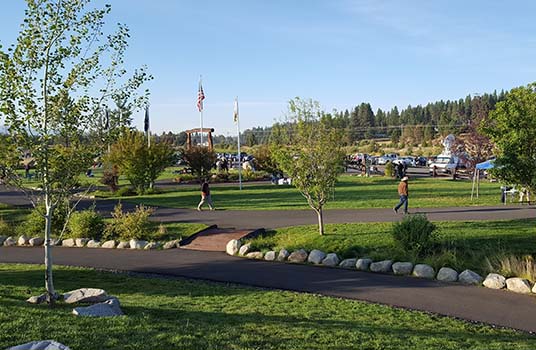 |
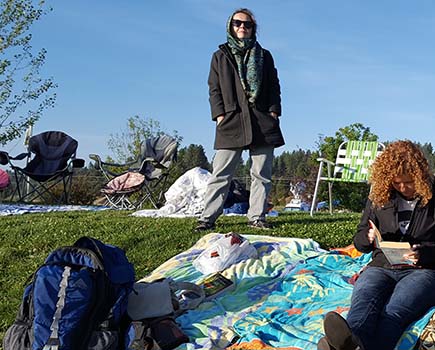 |
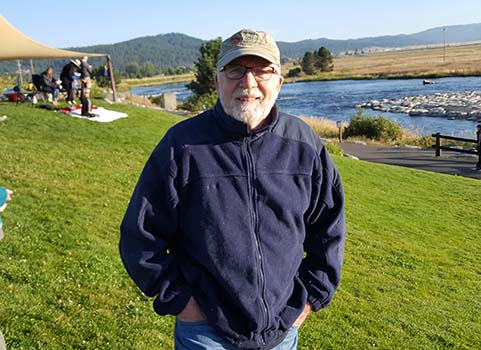 |
| Just after dawn | ||
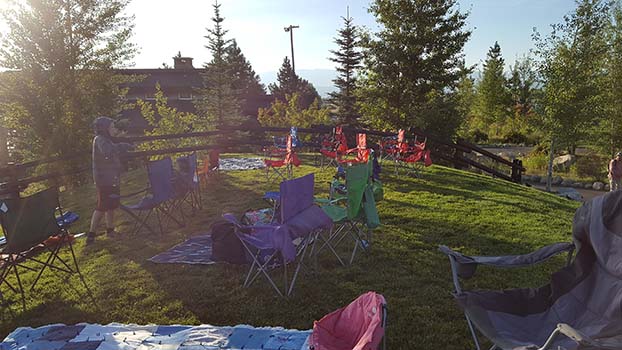 |
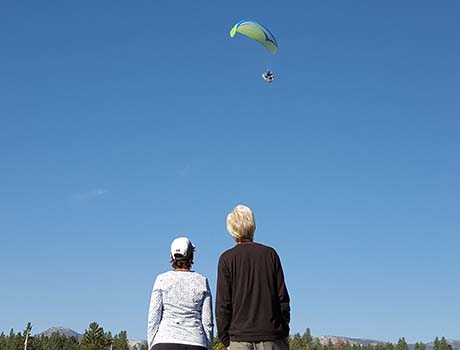 |
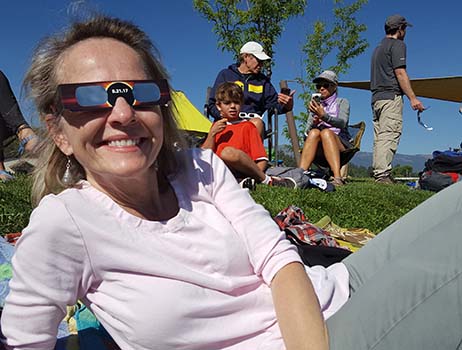 |
| Our lawn | Flier | Louise |
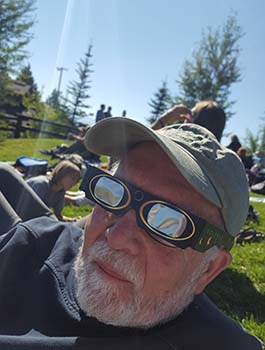 |
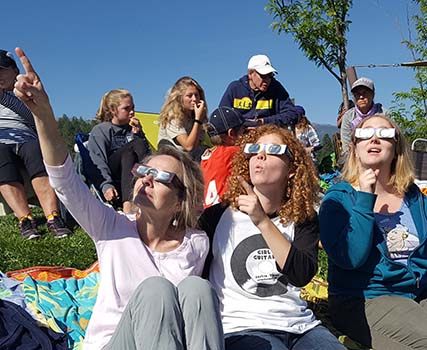 |
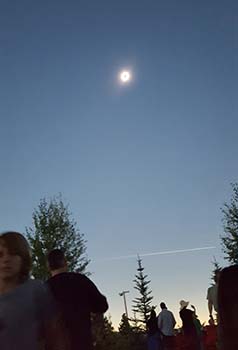 |
| Peter | The eclipse begins | Moment of totality |
We were all well pleased with the experience of the eclipse, which certainly exceeded my expectations. From the start, I anticipated that a sudden heavy downpour would eclipse the eclipse. Or possibly a last minute perturbation in the orbit of the moon would call the whole thing off. But even if my dismal predictions had come to pass, the other delights of McCall would have made our entire week there a succesful vacation. Our cabin, though small, was well-appointed and only a short stroll to the lake, where there was a little sandy beach and some boat slips, including one for us. The town was pleasant - a bit like North Conway, although without the excruciating traffic. Some OK restaurants, although a bit heavy on the hamburgers, reflecting Idaho's beefy economy. The owner of the cabin left detailed notes on the good places to go, including a comment that a favorite of the permanent residents was actually a sushi restaurant.
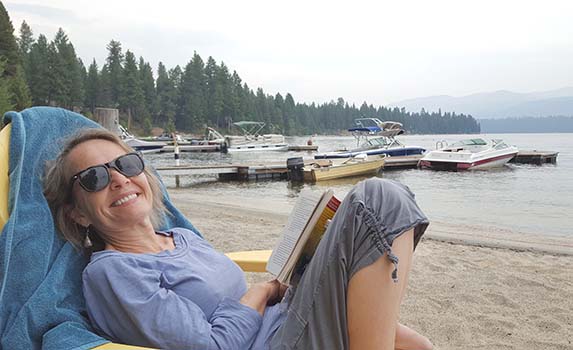 |
||
| The beach by our cabin | ||
On Sunday, our first full day, we drove up to the Burgdorf hot springs, which are about a half-hour north of our cabin. It was suitably rustic and had a main pool with water the temperature of a hot tub. (Two other smaller pools were too hot for lounging.) We shared it with a couple of other families doing some serious floatin' and soakin'. After spending several hours there, we decided to try to hike up Crystal Mountain. The hike started a mile or so from the springs, went up a little trail through the woods and out onto a road. We then followed the road to the top. I was a bit wobbly and didn't make it all the way to the top, but still got a lot more exercise than I have had in years. At the top was a quartz quarry and great views all around.
On Tuesday, the day following the eclipse, we rented a ski boat and puttered around the lake. After picking the boat up at the town harbor, we went to the very north end of the lake, to a nice, relaxing, sandy beach. We stuck our toes into the water but it seemed a little cold, so we mostly sunbathed. After lunch, it was time for sports. First, we put the huge tube (on the back of the boat in the pics below) in the water and took turns bouncing along in it behind the boat. Then it was time to try water skiing, which did not go quite so well - none of us was able to get up and ski properly. But it did get us wet, and then we decided the water wasn't so cold after all and went swimming around the boat. Back by 5, after a really fun day.
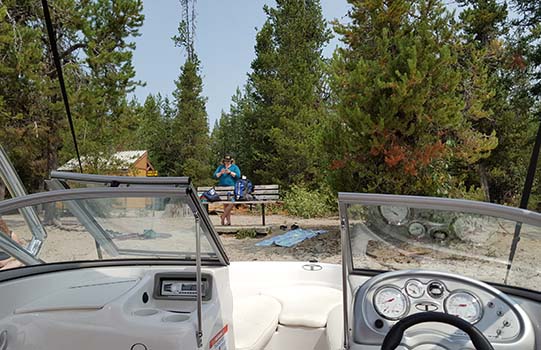 |
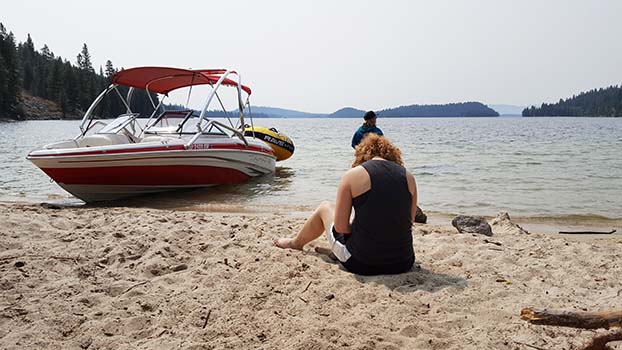 |
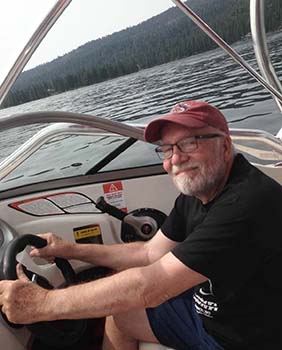 |
| At north beach | ||
On Thursday, we did a hike in Ponderosa State Park, home of many majestic Ponderosa pines.
On Friday, Charlie's garden. This is a garden quite close to us on the lake shore, but which proved devilishly elusive and took us a good half hour to find. When we did finally find it, the gardener explained that there used to be a sign but someone recently stole it. The garden was started in its present form in the 1950ies by a prominent landscape designer, Charlie Davidson, and has been kept up by his heirs. It is still a private garden but is open to the public (if you're persistent enough to find it.) The flowers and bushes are displayed in a lovely vaguely Asian setting, with ponds, bridges and statuary.
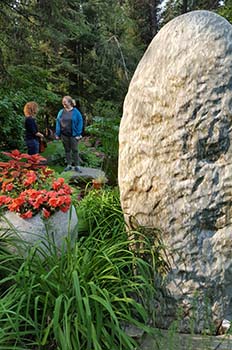 |
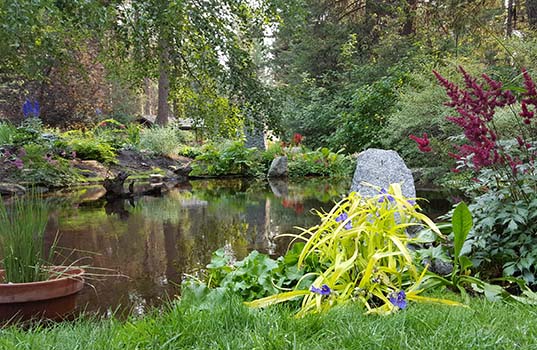 |
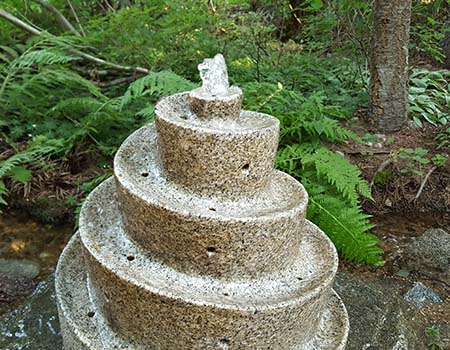 |
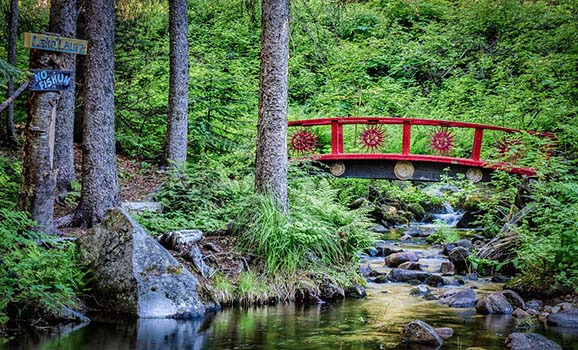 |
On Saturday, another hike and a memorable dinner.
On Sunday, back to Austin.
Copyright © 2017 by Peter Lloyd-Davies. All rights reserved. Privacy Statement.